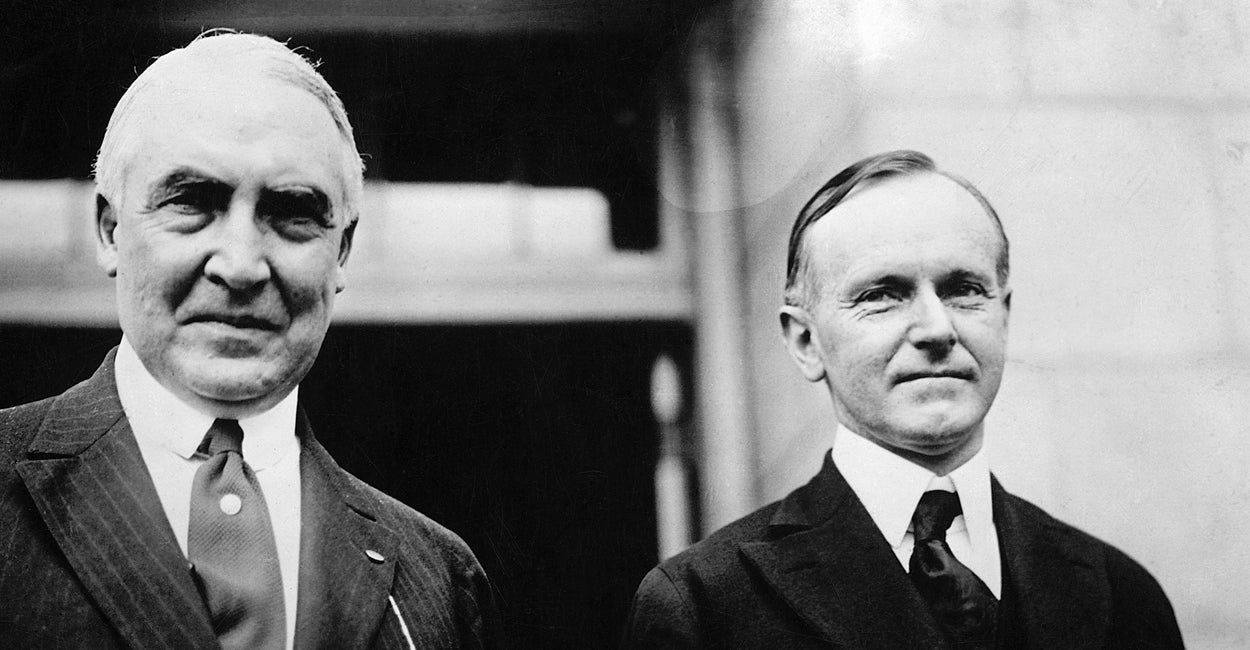
Nicholas Domnisch is the CEO & Partner of EE Solutions, an NYC-based software development agency empowering innovation in digital health.
getty
From the world’s first email to the advent of TikTok, we have all witnessed the internet mature. As it has, many technology industries have taken advantage of what is known as “The Network Effect.” This concept is representative of a system that becomes perpetually more valuable to its users as the network evolves.
Two great examples are Amazon Web Services (AWS) and Google Cloud Platform (GCP). Large server management providers like these delivered the core functionality needed for internet-based development. Today, a majority of the web is built on systems like these. As the networks have grown, so has the quality, connectivity and interoperability of the services provided. This can be seen in their accompanying marketplaces, where third-party providers can offer solutions in myriad categories, such as DevOps, infrastructure, machine learning and much more.
You are likely wondering, “What does server management have to do with healthcare?” Healthcare has traditionally been conducted in person. In 2020, things changed. Worldwide lockdowns forced the healthcare industry to rapidly adopt internet-based technology.
Have you ever had a telehealth appointment? Have you noticed that you can now schedule appointments online? Consumer-facing features like these drastically increased the visibility of digital healthcare.
As adoption increased, so did funding. According to a report from Mercom Capital Group: “Global VC funding for Digital Health companies in the first half (1H) of 2021 shattered all previous 1H funding records, with $15 billion. Funding activity was up by 138% during 1H 2021, compared to $6.3 billion raised in 1H 2020.”
A foundational building block of every digital ecosystem is data. Healthcare is no different. Clean data needs to be efficiently captured and conveniently exchanged. Since 2012, data standards and protocols have been under development by an organization called Health Level Seven International. In July 2021, their FHIR protocol was mandated by the Office of the National Coordinator for Health Information Technology.
These data standards are analogous to the core server management functionality discussed earlier. Moving forward, this data and the connectivity it enables will incentivize developers to work within the ecosystem or build applications that rely on the ecosystem. Data utilization and, more generally, digital health have already started increasing provider productivity and improving care outcomes.
For example, electronic health record exchanges provide convenient access to historical patient medical records. This enables doctors to efficiently collaborate with out-of-network providers. Better medical information leads to increased provider productivity. Additionally, online health portals, called digital front doors, allow patients to conveniently communicate with providers. More patient touch points lead to better care outcomes.
Each addition to the digital healthcare ecosystem benefits current users and encourages adoption among others. Even today, direct impacts are becoming apparent. As with any revolution, however, it is hard to see the future. So, let me feed your imagination:
What if you go to your primary care physician (PCP) worried about a heart problem? They are not specialized in cardiac abnormalities. Through their digital health portal, however, they have access to a specialized application that can evaluate your ECG.
Let’s say that the application identified an area of concern. Your PCP, through that same portal, can refer you to a cardiac specialist, provide them access to your medical records and schedule your appointment.
Further, the doctor might recommend connecting your Apple Watch, Fitbit, WHOOP or comparable device to your digital health account. Once connected, your PCP and the specialist will have access to the real-time ECG data collected by your watch. At your next appointment, the specialist can review your cardiac activity from the weeks prior. That information can lead to an informed diagnosis and effective treatment plan.
Seamless handoffs in patient care, like the above example, were only previously possible inside large hospital networks that use one common technology, like Epic. This thought experiment, however, does not have to be science fiction. So, how do we get there?
Remember the most foundational component of a digital ecosystem? Yes, data. AWS and GCP are successful because they collect and leverage data well. Beyond that, they enable interoperability between systems on their marketplaces. Healthcare will need to do the same.
For example, a developer could remove inefficient grunt work, such as a cardiologist manually exporting ECG results from specialized software into a patient’s chart in Epic. Instead, that data could be available through an API and shared automatically through a simple plug-in.
The impacts of digital health, in practice, will extend beyond its applications. Collaboration within the ecosystem from stakeholders, such as providers, payers, regulators and researchers, will serve to unite the patient experience online with the services delivered in person. Generally, digital health innovation can lead to more effective treatment methods, earlier disease identification, improved regulations with more transparency and so much more. The future is bright in healthcare.
Moving forward, two things are needed: adoption and investment. As mentioned above, investment is flowing. Thus, stakeholder adoption of digital technologies across the industry, including patients, providers, payers, regulators, pharmaceutical companies and researchers, can lead to enormous innovation.
That adoption is just beginning. If we use the template provided by industries that digitized before us, we can build a symbiotic digital ecosystem that continuously improves our collective healthcare experience.
You can be on the cutting edge of digital health by utilizing new technologies as they are developed. You can also support digitization by tracking your health data with wearable technology from Apple Health, Fitbit or WHOOP and encouraging your healthcare provider to adopt digital health technologies. Finally, write to your state representatives to create more regulations encouraging digital health across the industry.
One final note: As you explore new innovations in digital health, keep your privacy in mind. Make sure technology platforms are HIPAA compliant and use proper account security best practices.
Forbes Technology Council is an invitation-only community for world-class CIOs, CTOs and technology executives. Do I qualify?
https://www.forbes.com/sites/forbestechcouncil/2022/04/25/digital-healthcare-ecosystems-are-changing-healthcare-as-we-know-it/

